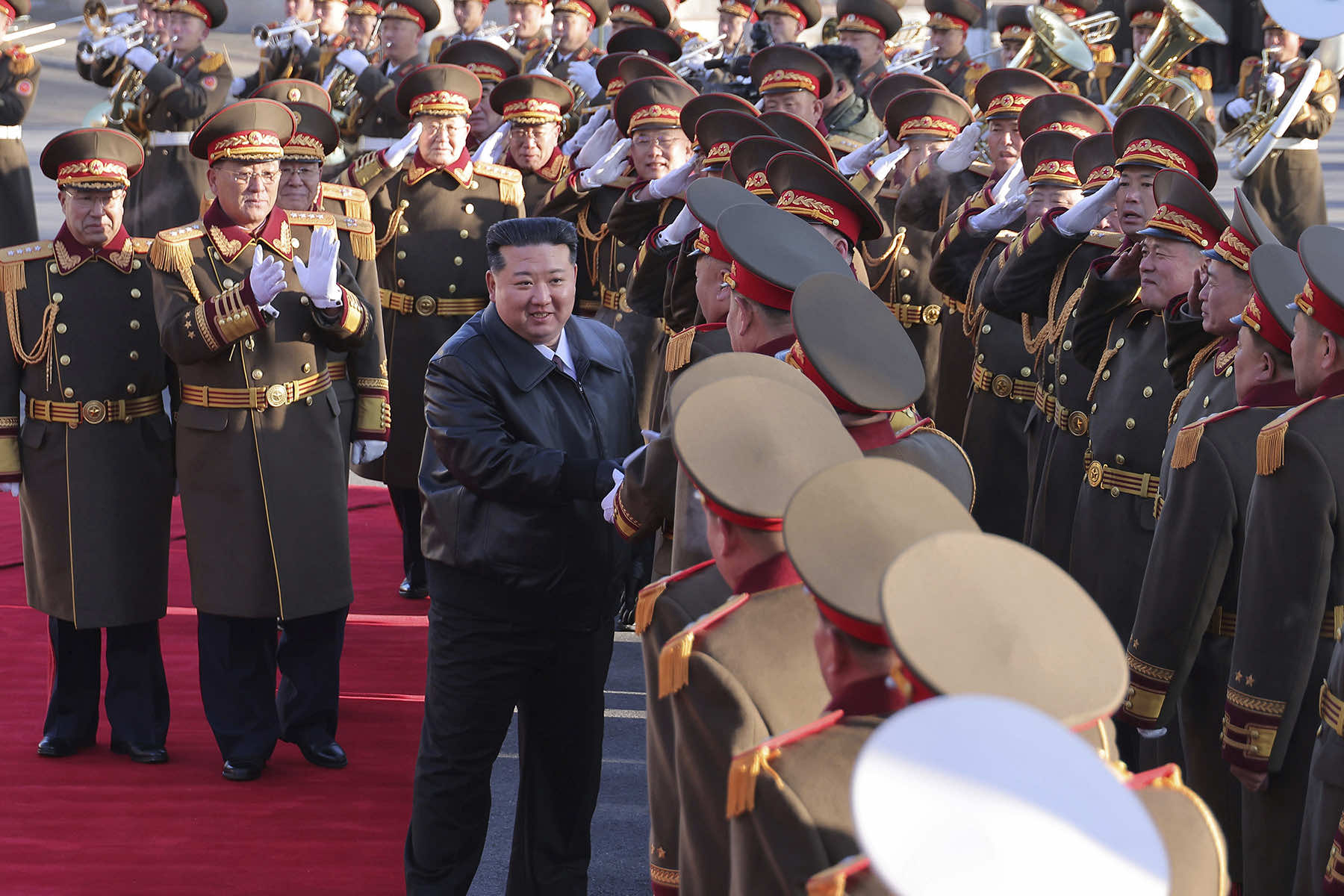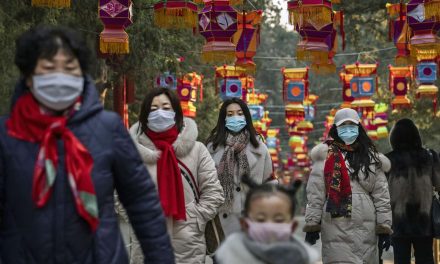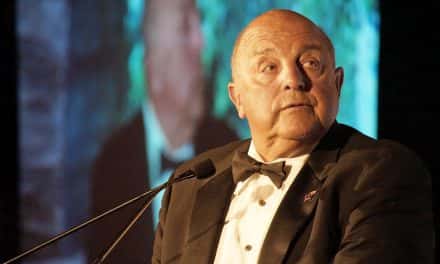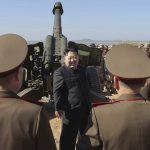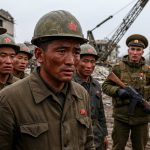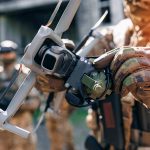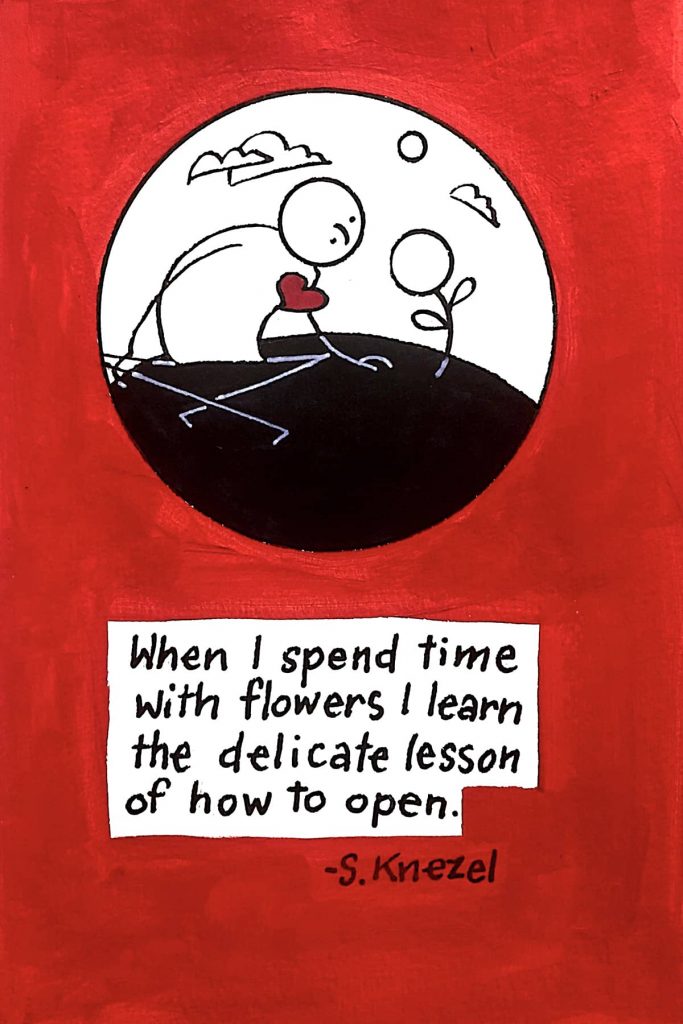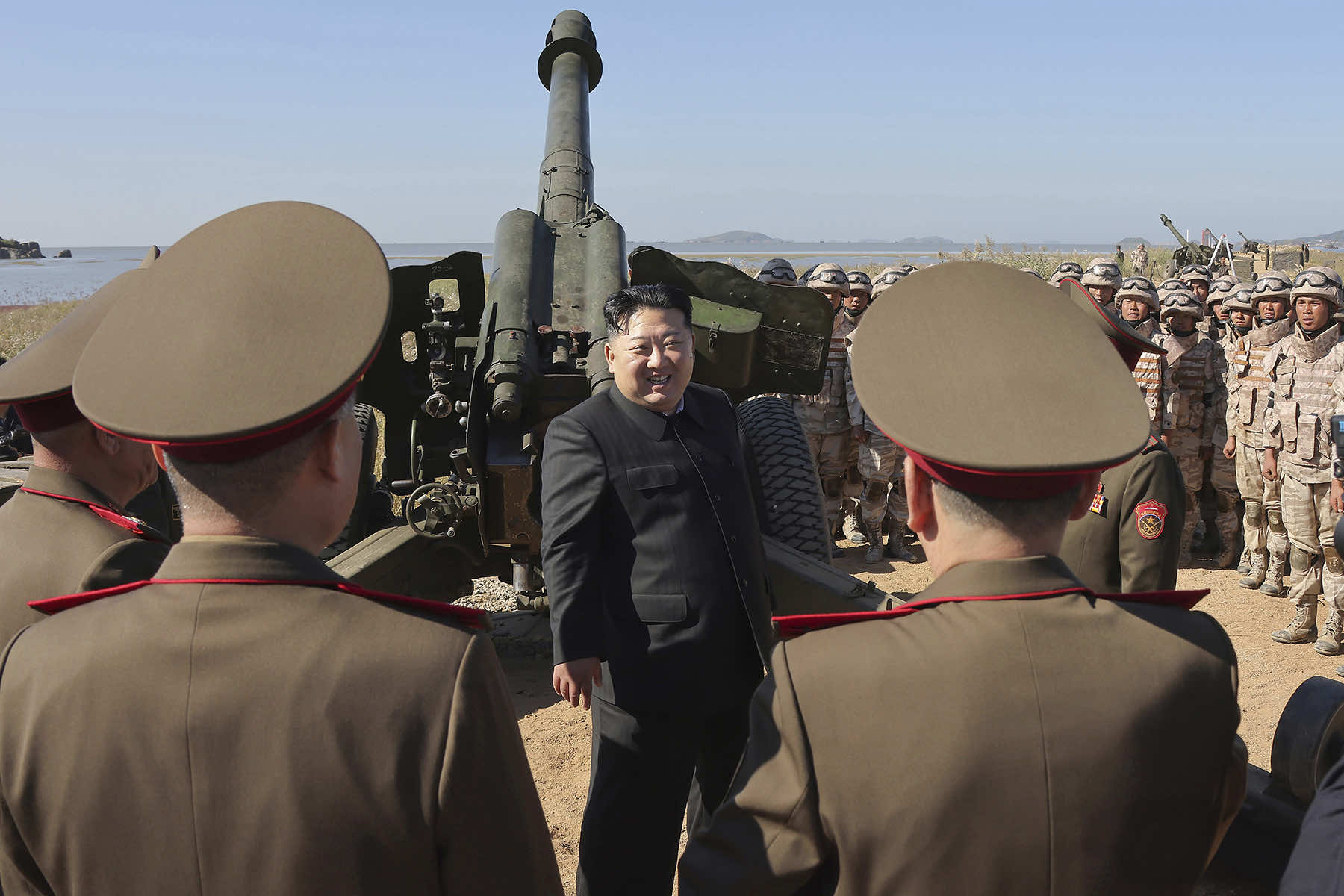
North Korea is expected to deploy tens of thousands of troops to the frontlines of the war in Ukraine, in what intelligence assessments describe as one of the most significant foreign reinforcements to Russian ground forces since the invasion began.
The move could place as many as 30,000 North Korean soldiers alongside Russian units by November, with early signs of logistical preparation already observed through satellite imagery and military flight activity.
According to classified Ukrainian assessments cited in recent reporting, the planned deployment is intended to bolster Russian combat power during upcoming offensive operations, especially in eastern Ukraine, where Russian forces have been advancing.
Shipping routes that previously carried North Korean personnel into Russian territory have resumed, while military cargo flights suggest an active transit corridor is underway.
This anticipated influx follows an earlier deployment of 11,000 North Korean personnel last fall. After months of denials, Russian dictator Vladimir Putin acknowledged their presence in April.
North Korean soldiers had been reported killed in battle, but the Kremlin had until then refused to confirm their participation. The upcoming reinforcements mark another escalation in Pyongyang’s military support for Moscow and signal deepening cooperation between the two isolated regimes.
The timing is particularly consequential as U.S. military assistance to Ukraine continues to stall under Trump. The White House demanded the suspension of certain shipments of air defense missiles and precision rocket artillery in July, claiming a reallocation of resources and strategic reassessments.
Ukrainian officials maintain that deliveries are still arriving, but front-line commanders report mounting difficulties as Russian forces intensify their push toward key logistical corridors in the Donetsk region.
In the eastern sector, Russian troops have made steady gains around strategic towns such as Pokrovsk and Kostiantynivka. These towns serve as critical nodes for Ukrainian supply lines stretching into the contested front.
Despite heavy casualties, Russian formations have used waves of small assault teams, reconnaissance drones, and light vehicles to apply constant pressure. Ukrainian military spokesmen describe relentless attempts to break through defensive lines and reach the Dnipropetrovsk border, an objective that Russian planners have prioritized even at great cost.
Russian troop concentrations in the Pokrovsk sector have reportedly surpassed 110,000, with dozens of daily engagements signaling a sustained and intensifying campaign.
The nature of Russia’s current offensive suggests a long-term strategy aimed at exhausting Ukrainian forces while cementing gains in territory it falsely claims as historically Russian. With fresh manpower expected from Pyongyang, the Kremlin is underscoring its intention to escalate the war on multiple fronts while relying less on domestic conscription.
The scale of North Korea’s involvement has stirred concern among Western observers. While many of the incoming troops are unlikely to be elite forces, their numbers alone could alleviate pressure on exhausted Russian units and allow Moscow to rotate personnel more effectively.
Analysts familiar with Korean military practices note that North Korea’s soldiers are often regimented, politically loyal, and conditioned for high-discipline deployments, even if their equipment and training lag behind modern standards.
Emerging intelligence also suggests a broader pattern of coordination between Moscow and Pyongyang. Russian military officials have reportedly traveled to North Korea in recent months to oversee training operations and finalize logistics.
In mid-June, former Russian defense minister Sergei Shoigu visited Pyongyang twice in as many weeks, meeting with senior military leaders and announcing agreements beyond direct combat support. Among them was a commitment by North Korea to dispatch thousands of personnel to the Kursk region for mine clearance and infrastructure restoration, framed as humanitarian assistance but likely designed to deepen military-to-military ties.
For Ukraine, the shifting dynamics pose a growing strategic threat. Ukrainian generals have warned that without long-range strike capabilities, some of which were suspended as part of Trump’s aid freeze, the military will struggle to disrupt Russian logistics and troop movements behind the lines.
The cutoff of certain Western-supplied systems reduces the ability of Ukrainian artillery to target key Russian positions more than 20 miles from the front. This limitation could allow Russian supply chains to operate with greater freedom and facilitate the movement of reinforcements, including foreign units like the North Koreans.
Ukrainian battlefield conditions are already strained. Drone and missile attacks on Kyiv and other major cities have intensified in recent weeks, compounding civilian casualties and diverting resources from front-line defenses.
While it remains unclear whether North Korea’s soldiers will be deployed as conventional combat units or tasked with rear-area support, their arrival underscores a deepening global dimension to the war. With Western backing uncertain and Russian alliances expanding, Ukraine faces a volatile and increasingly uneven fight.
© Photo
Korean Central News Agency/Korea News Service (via AP)

